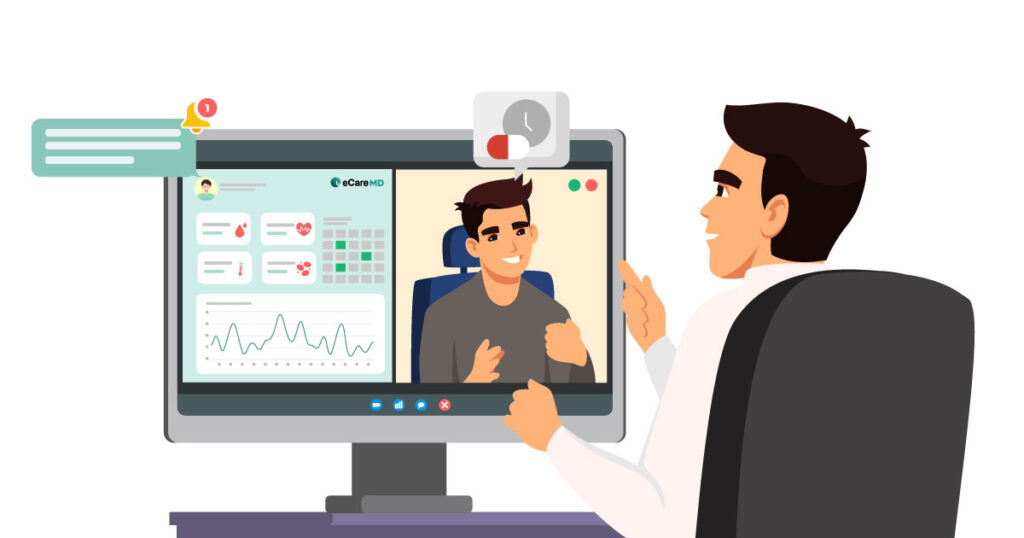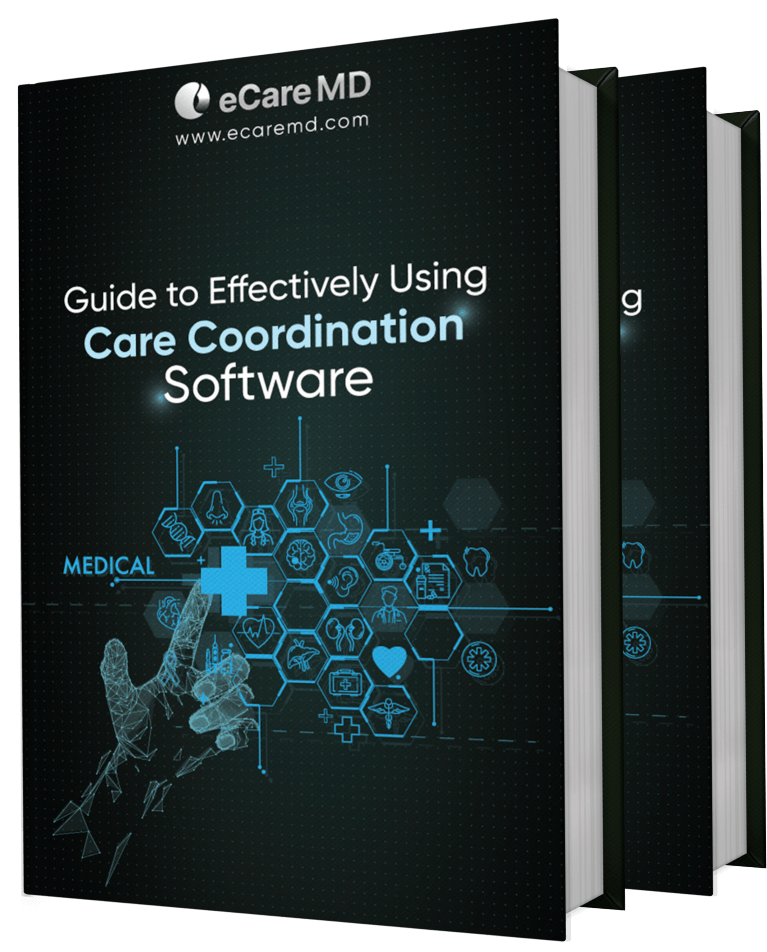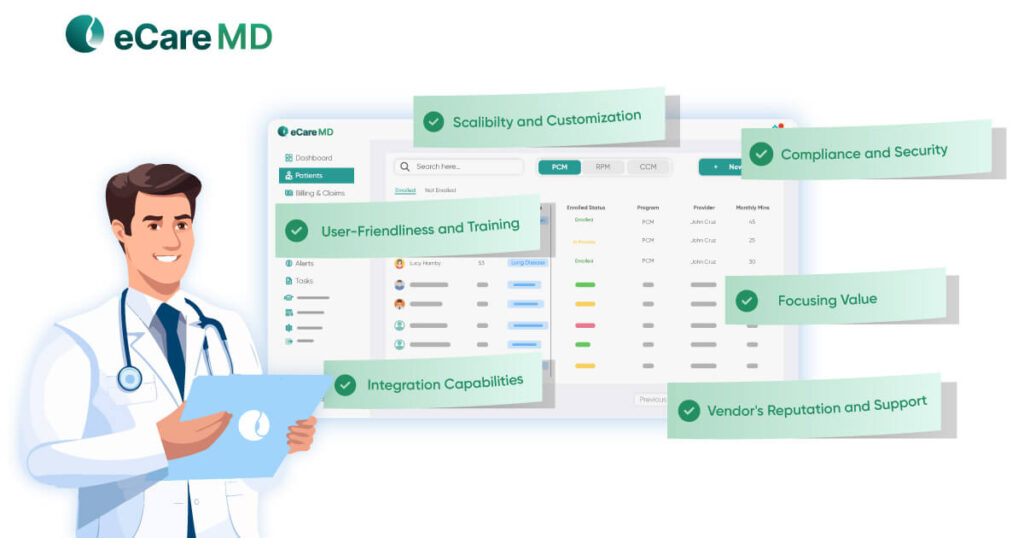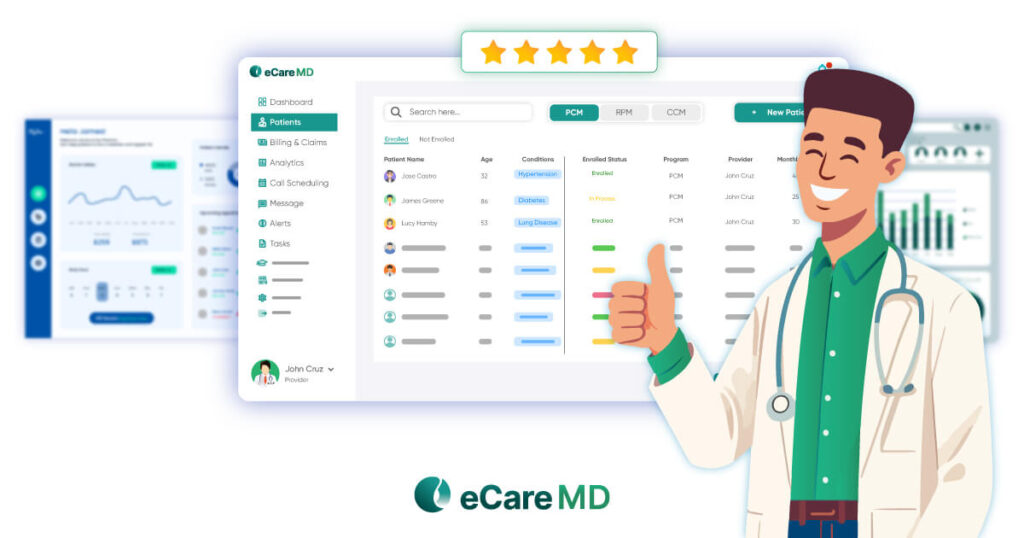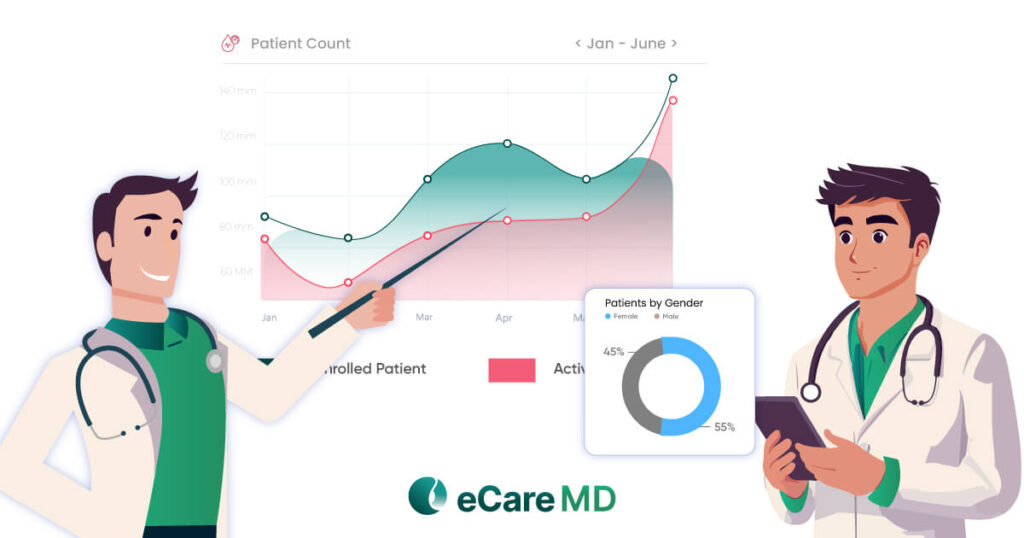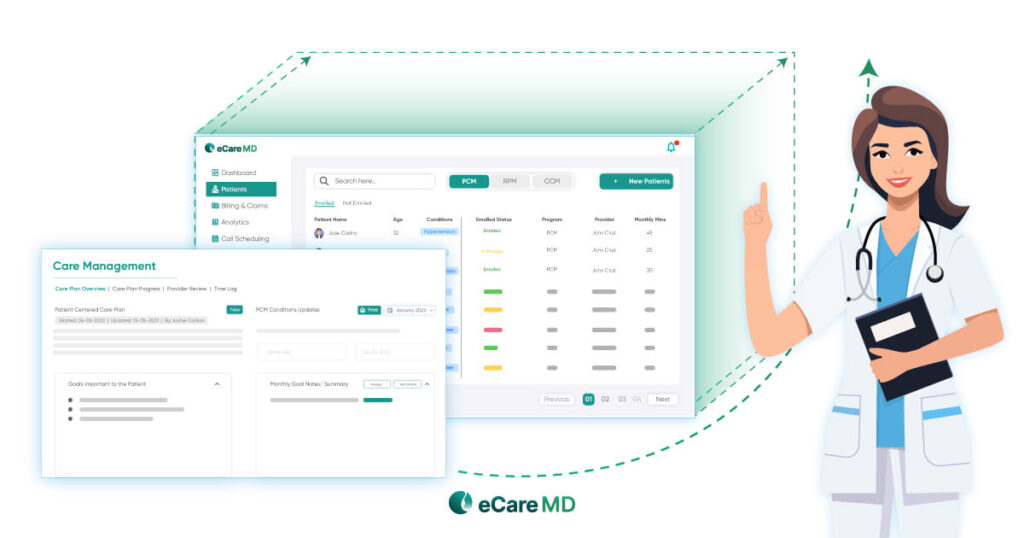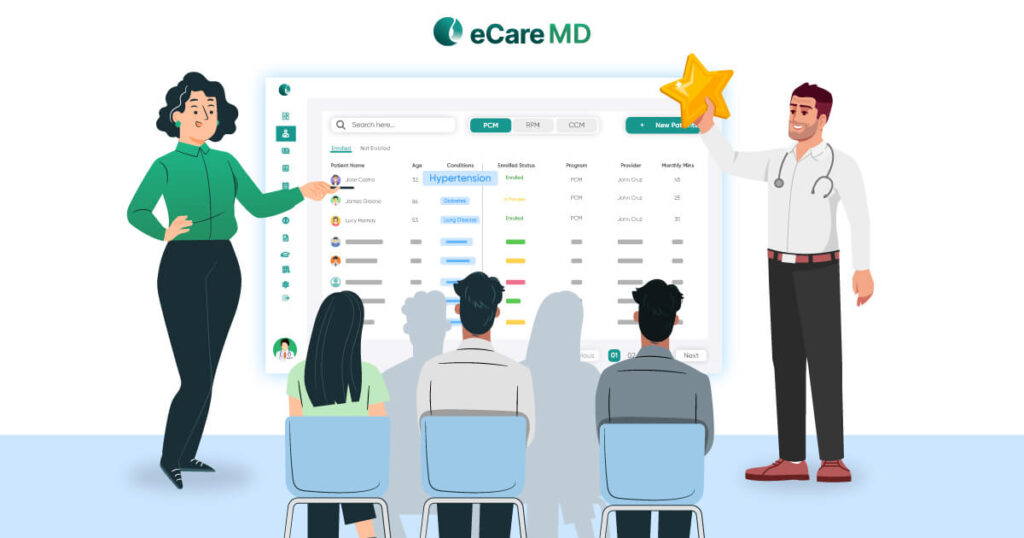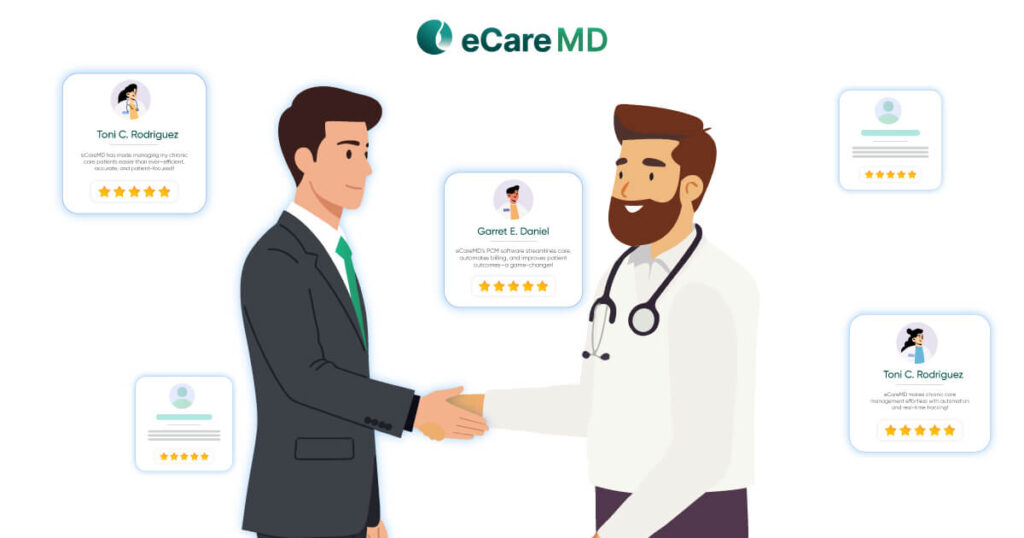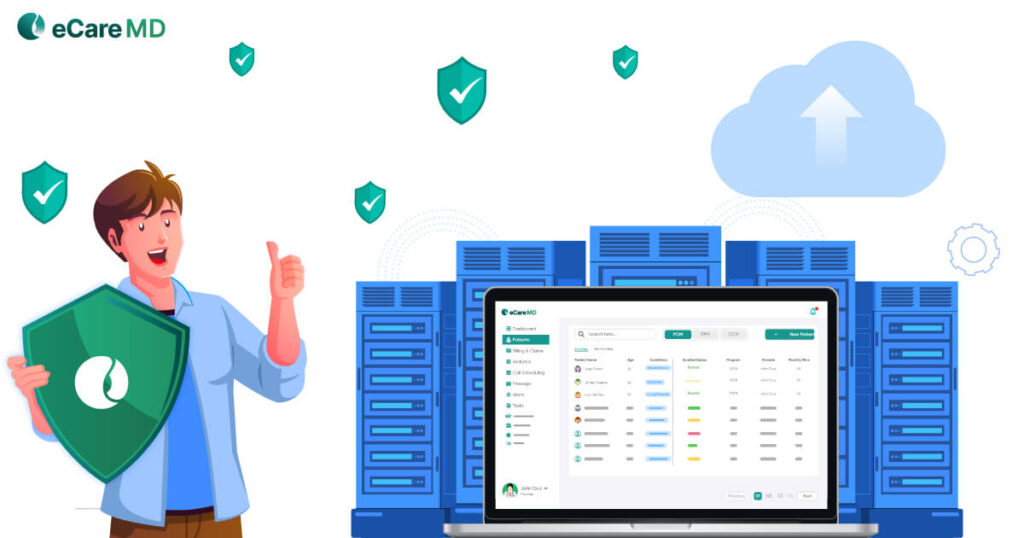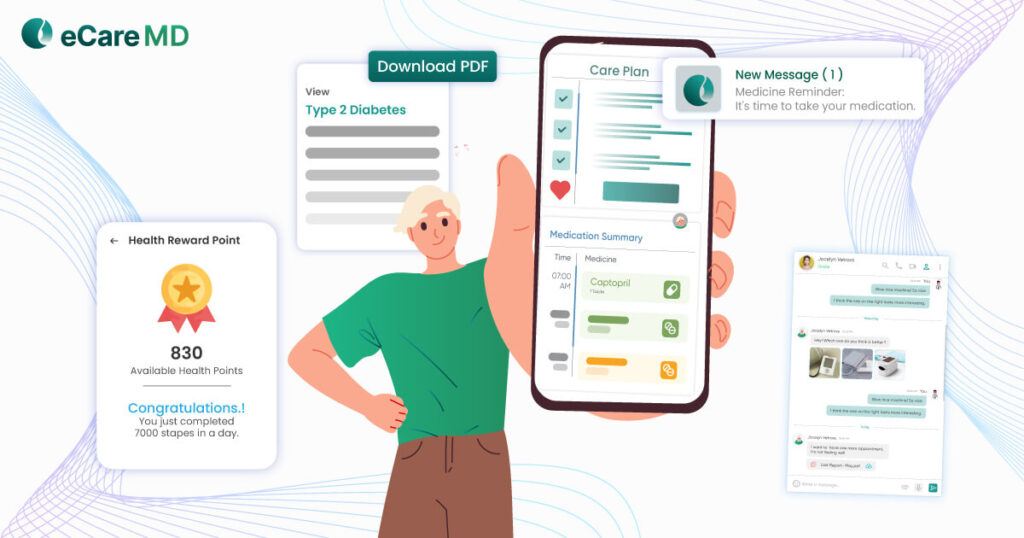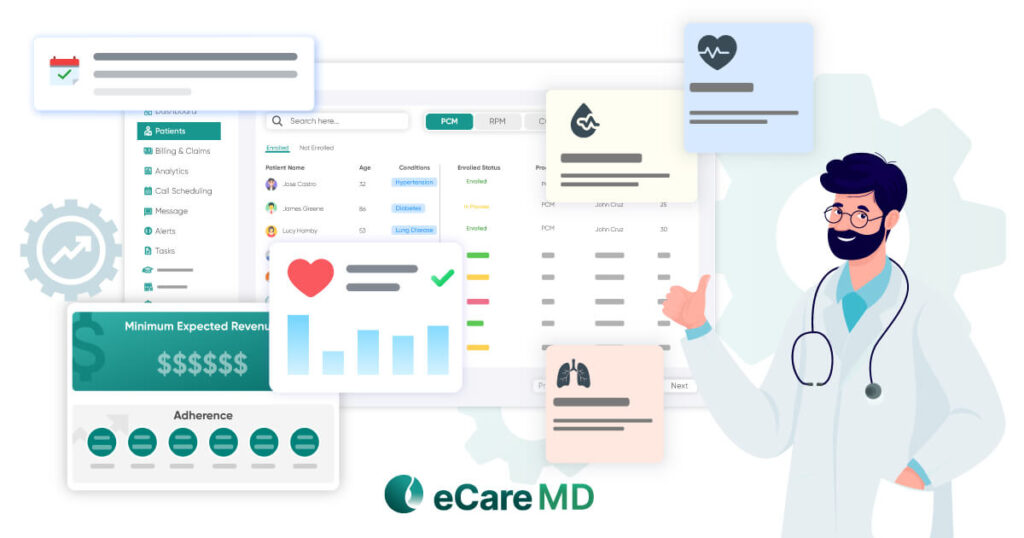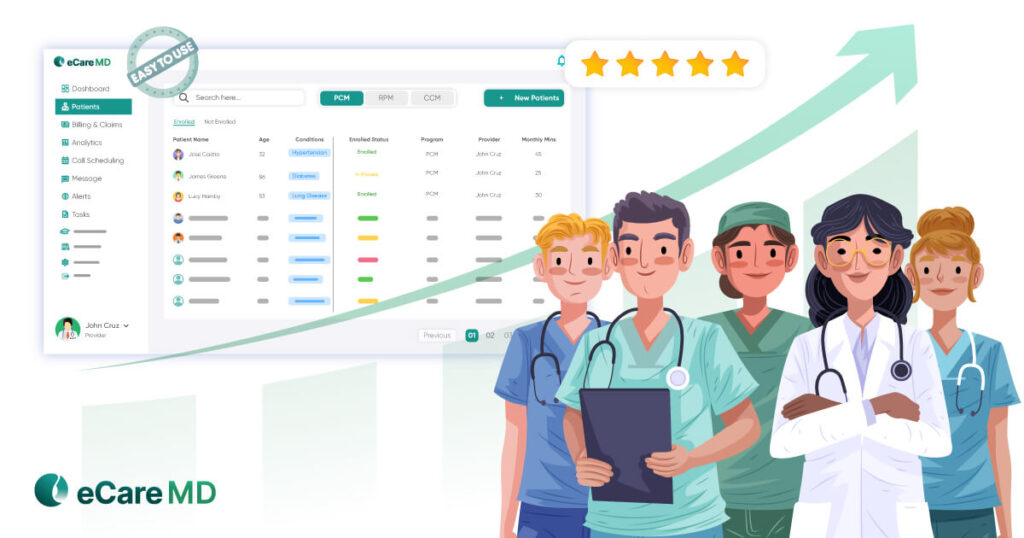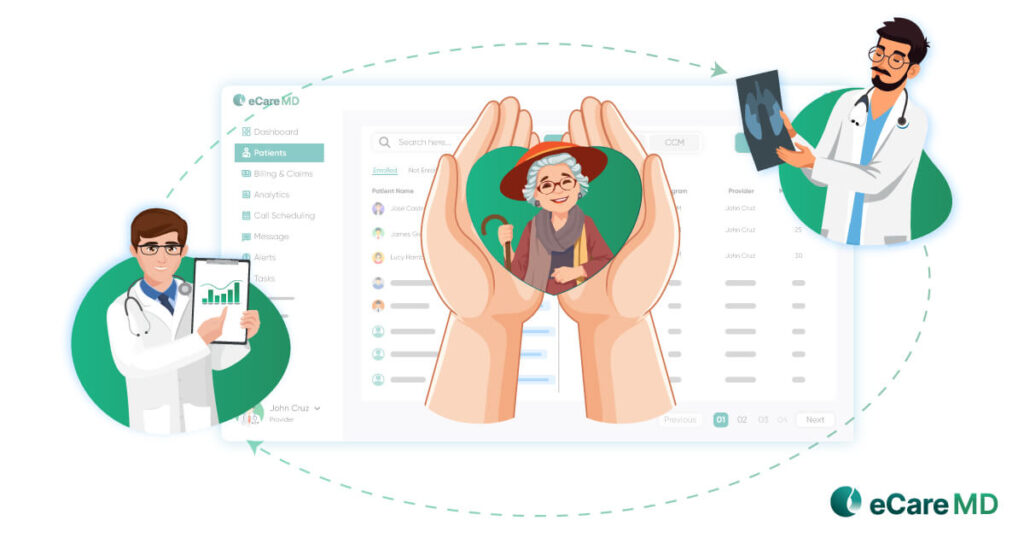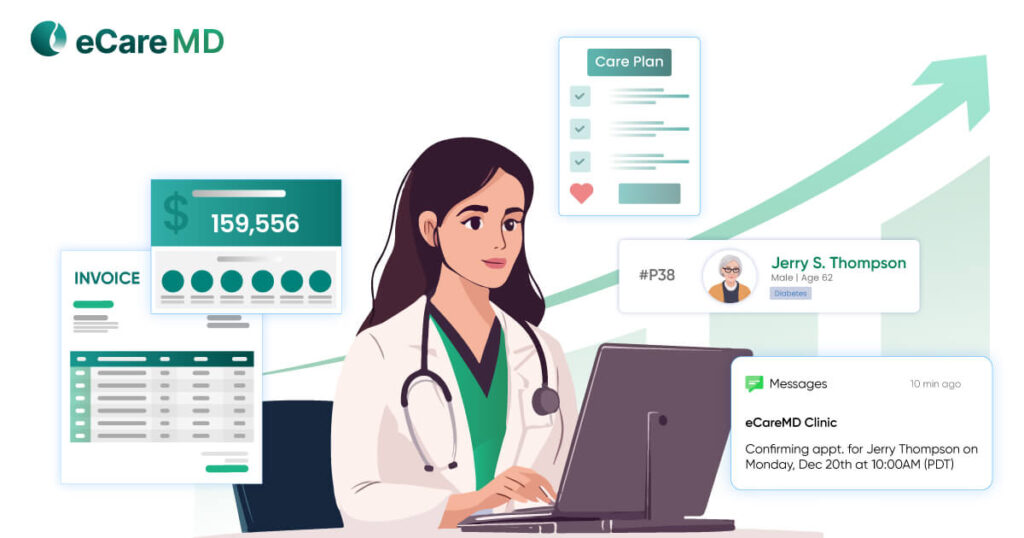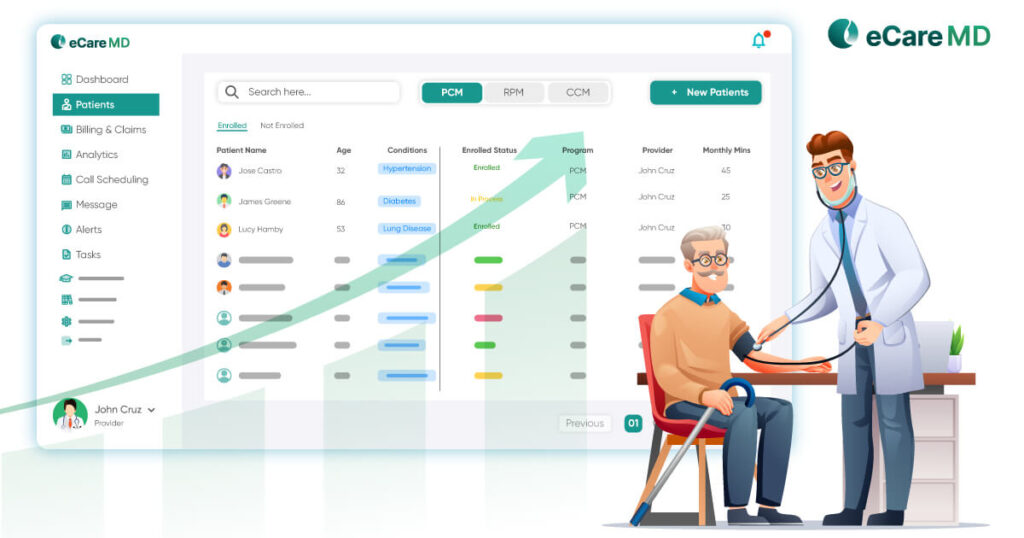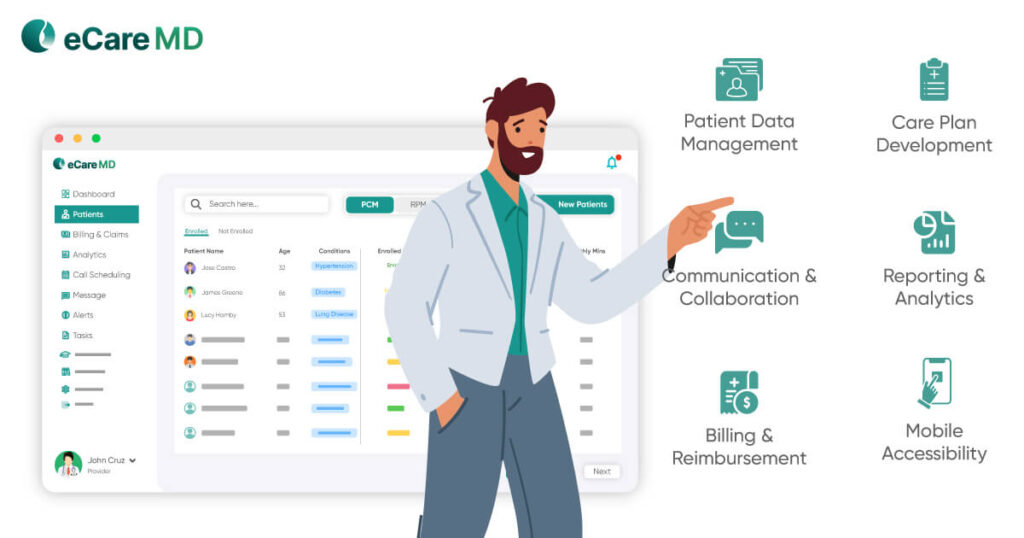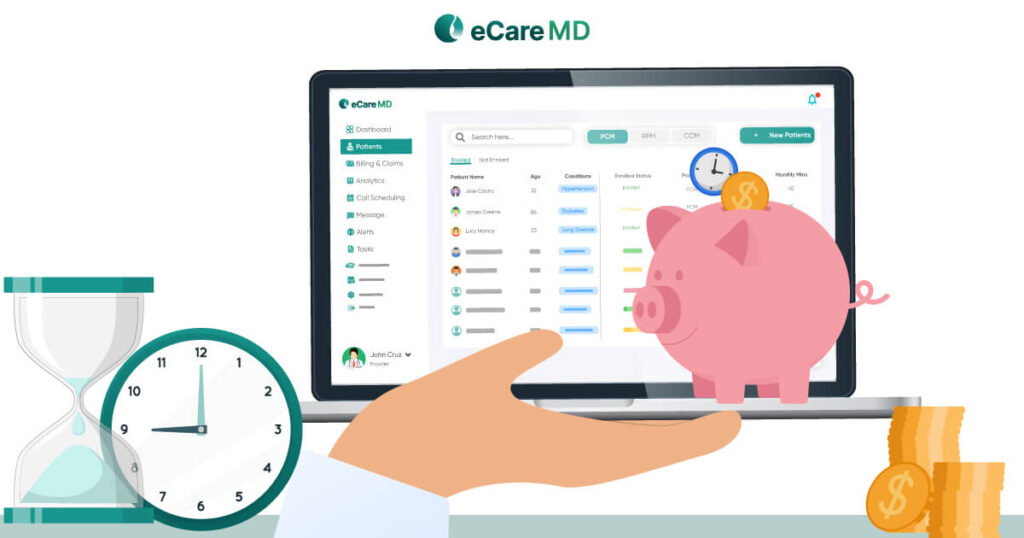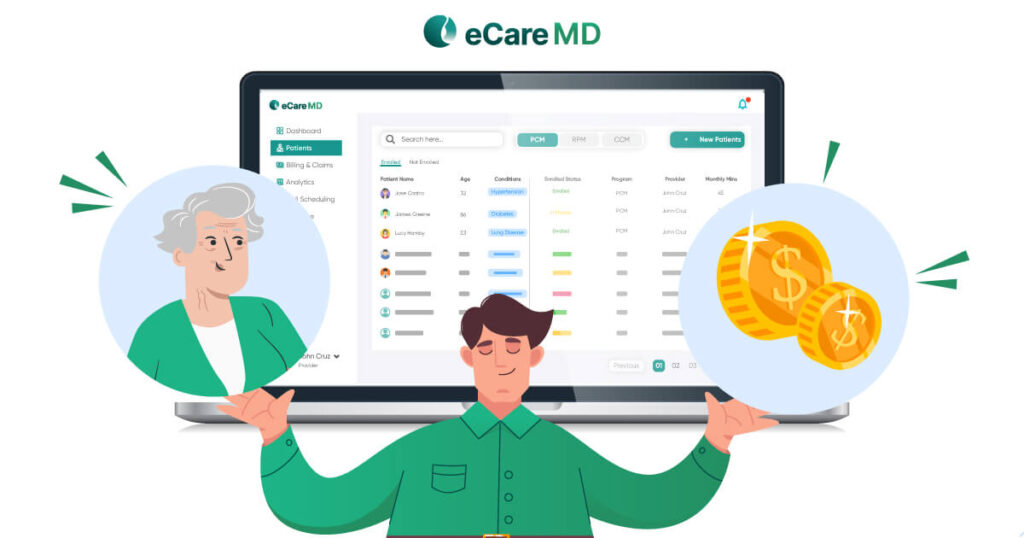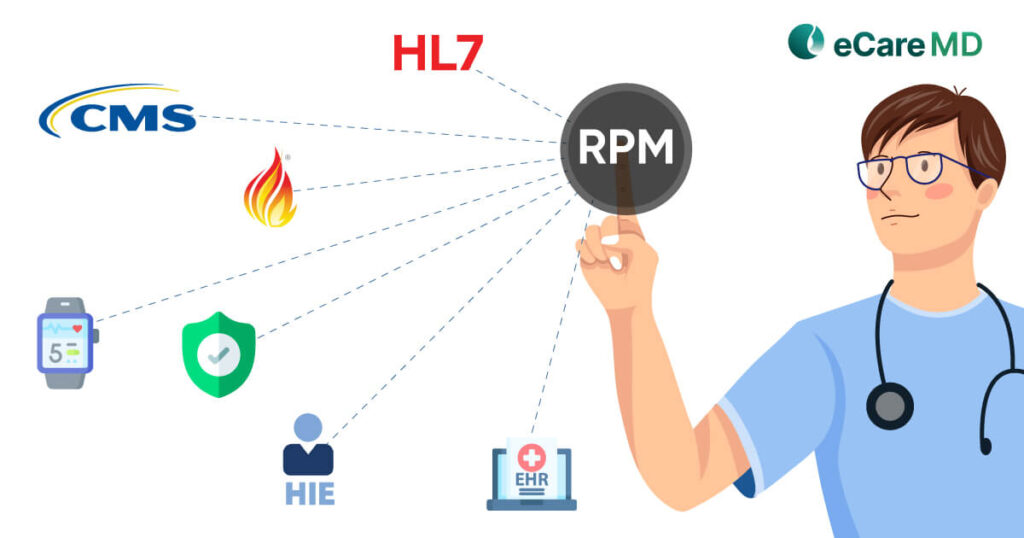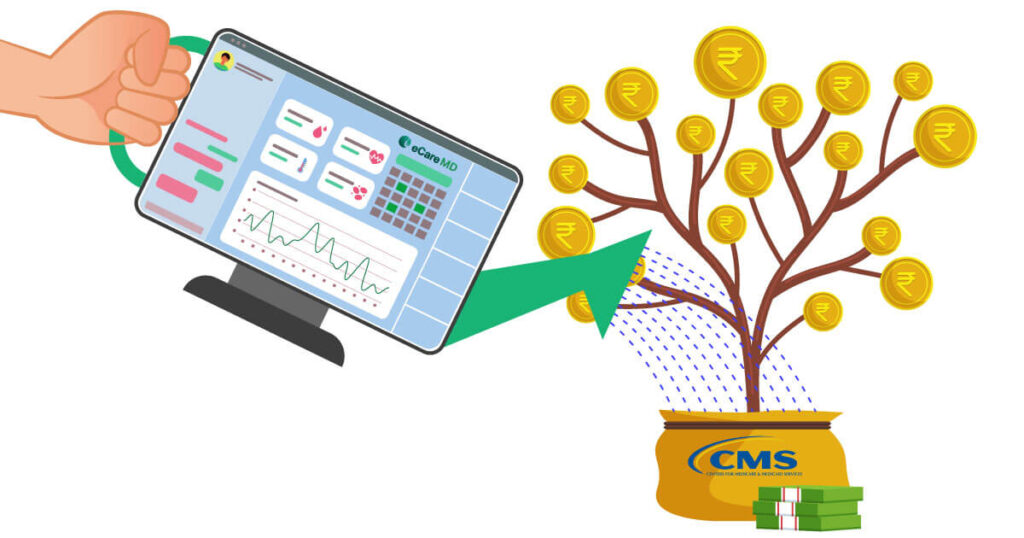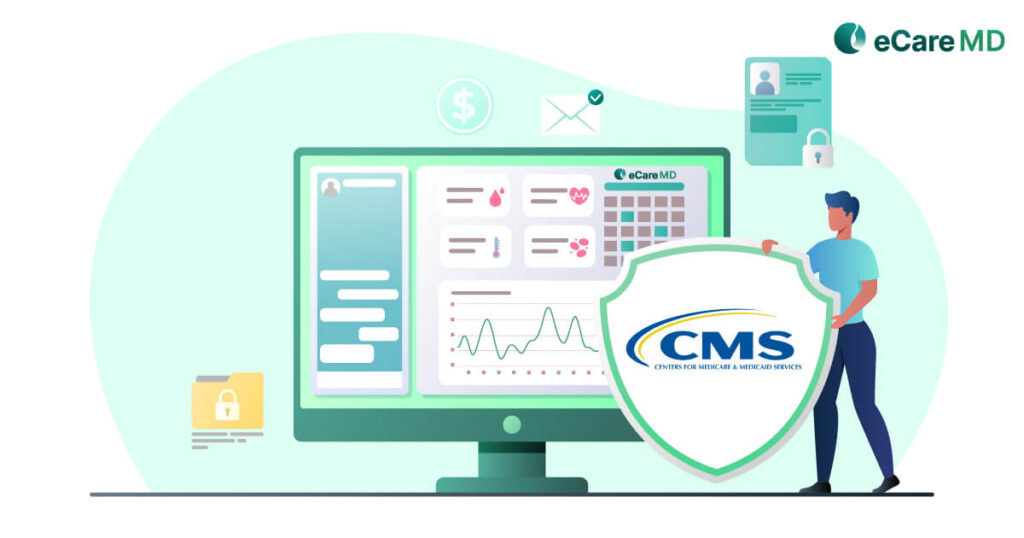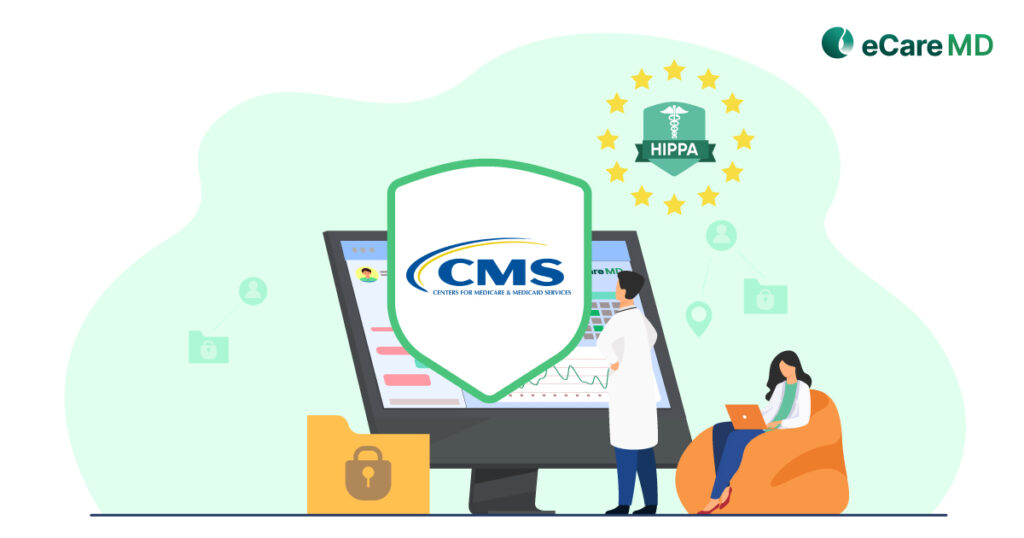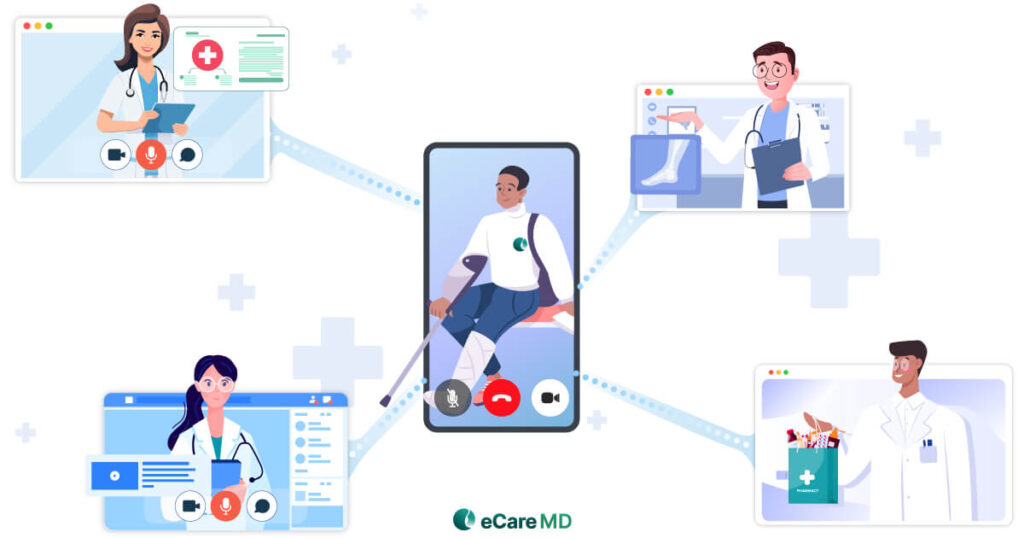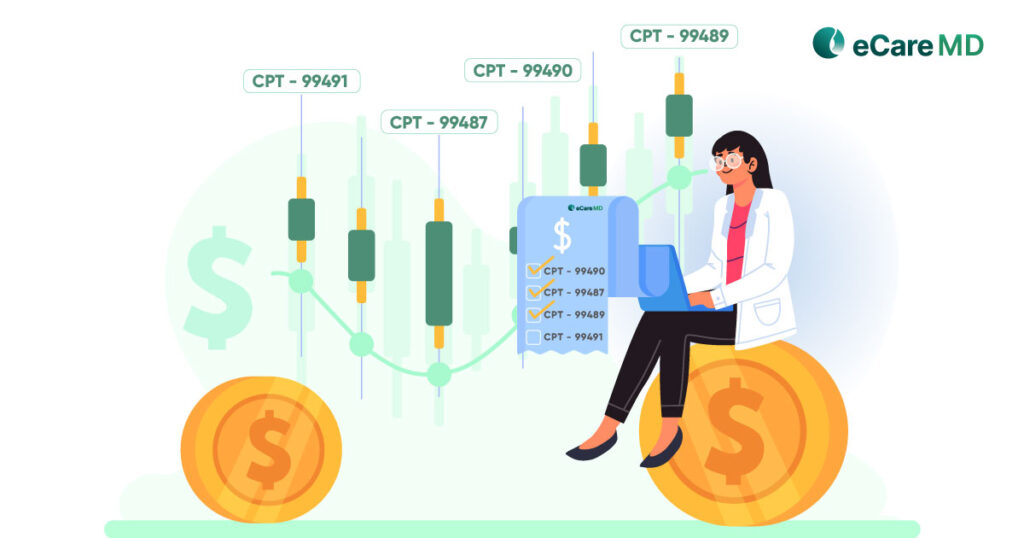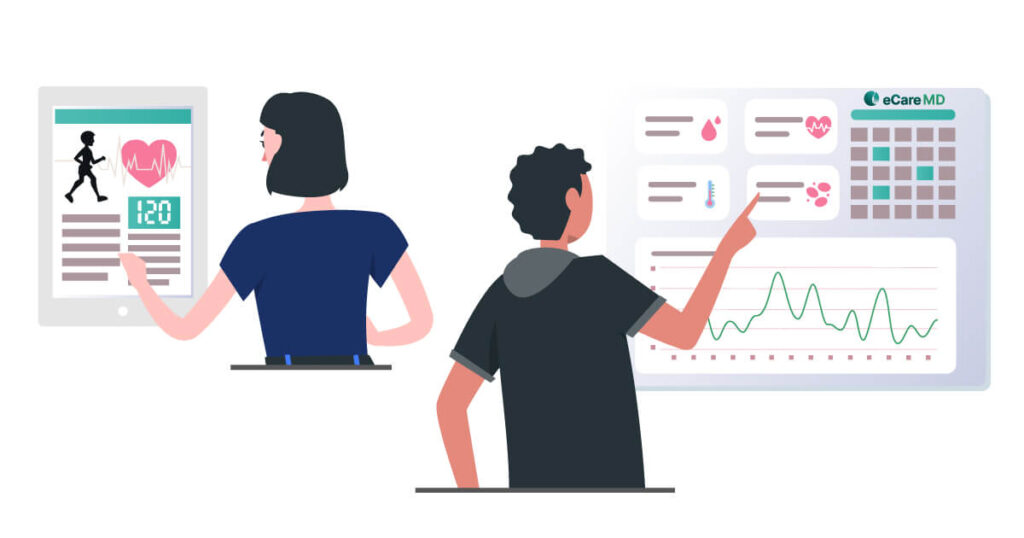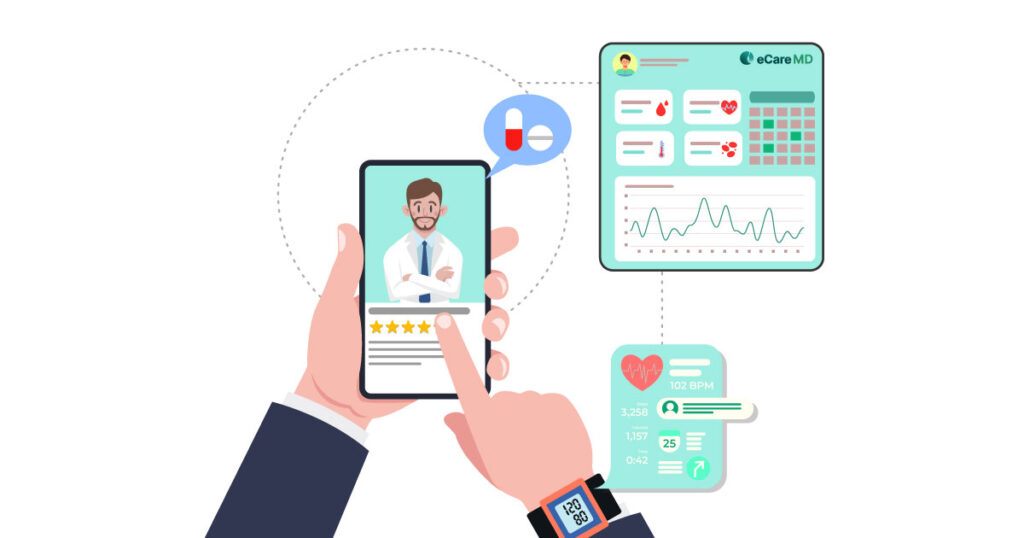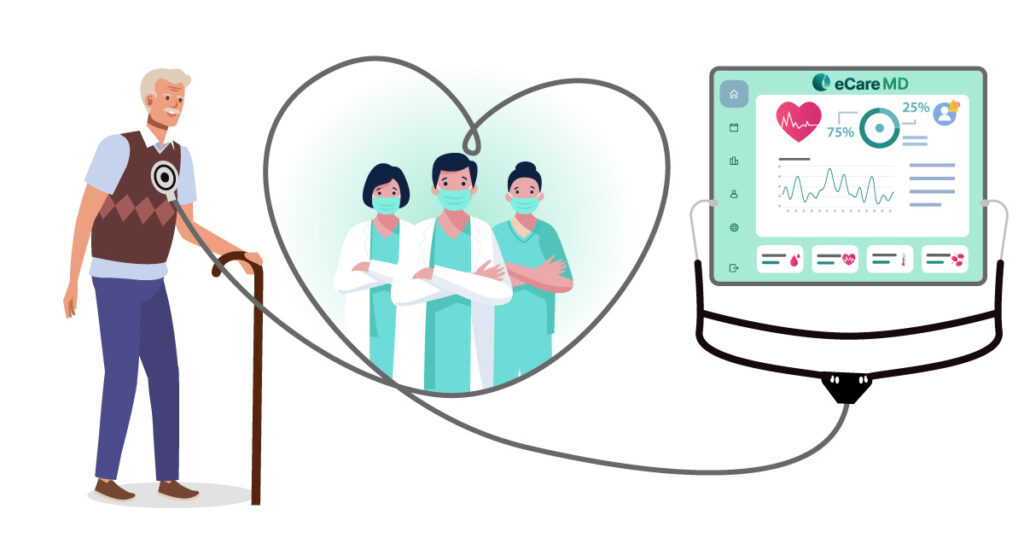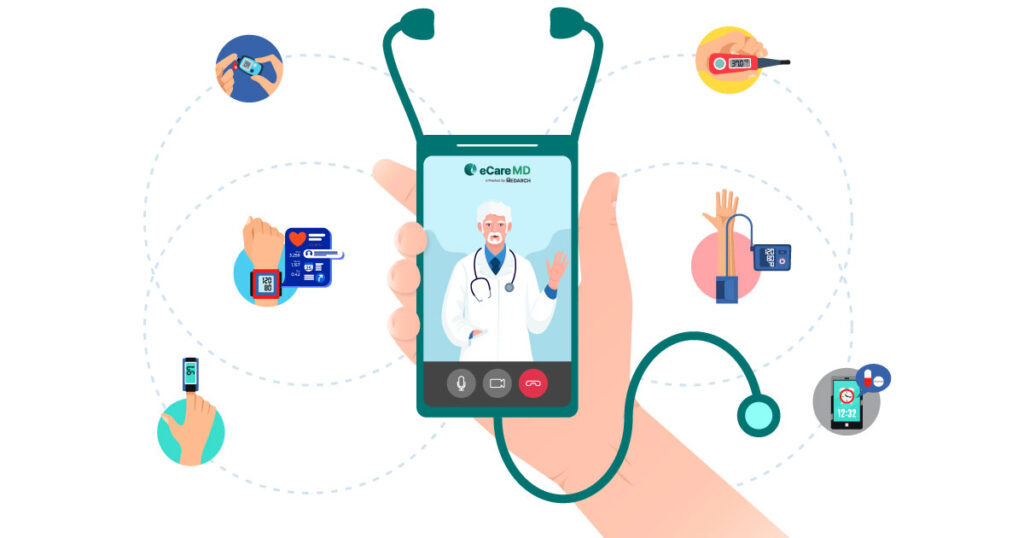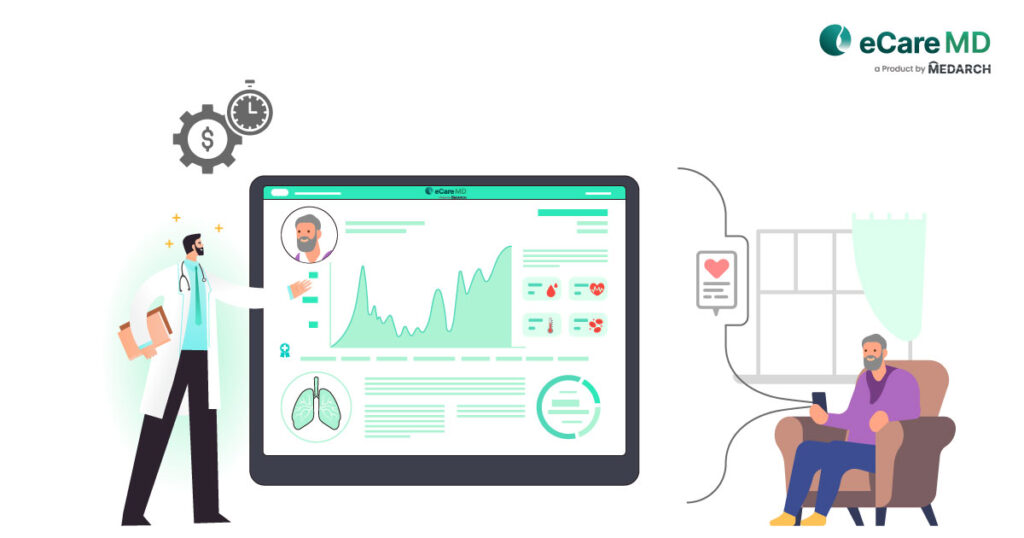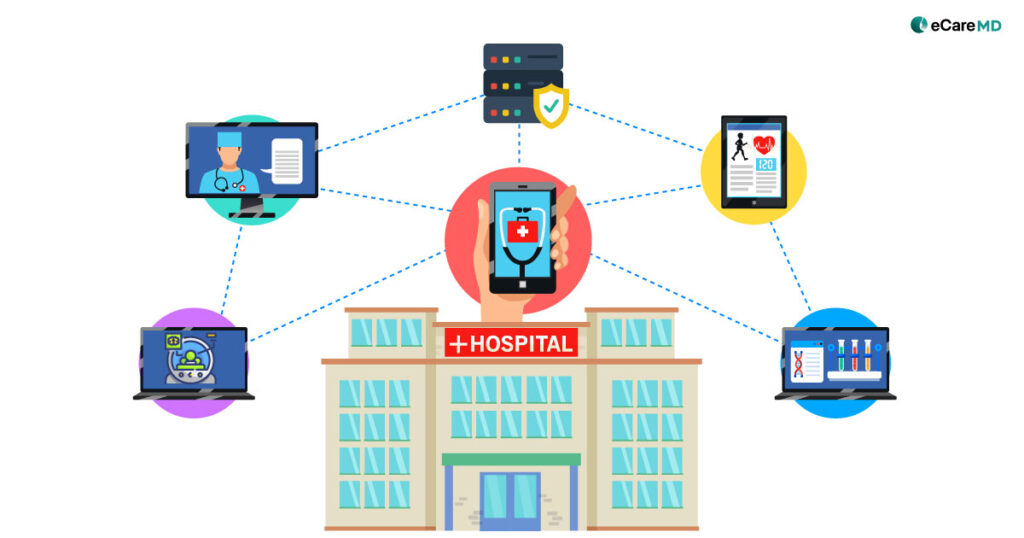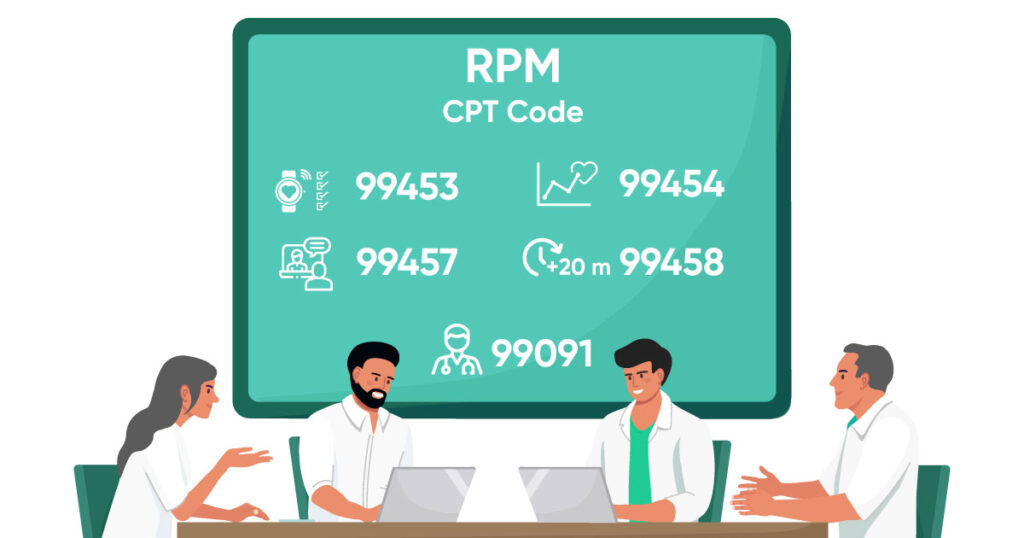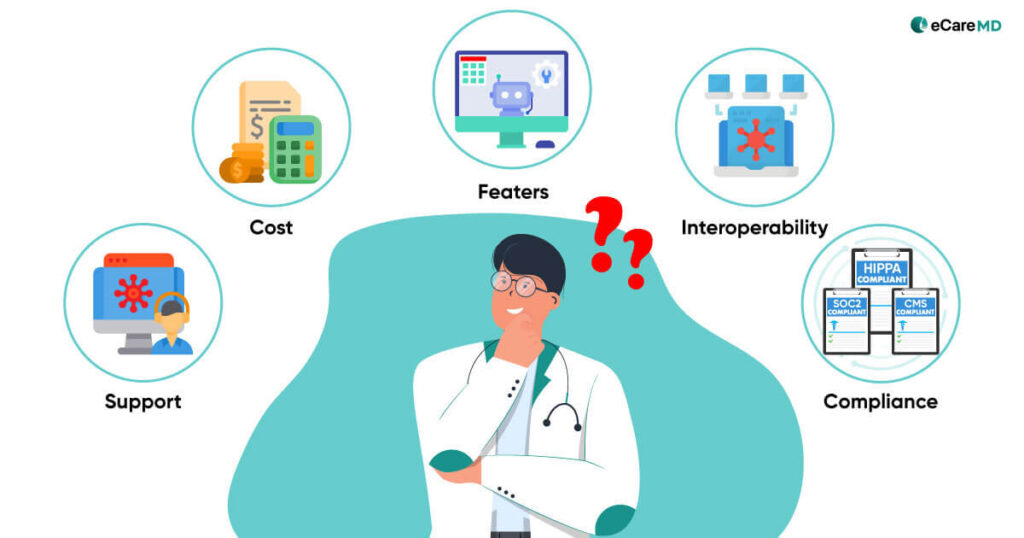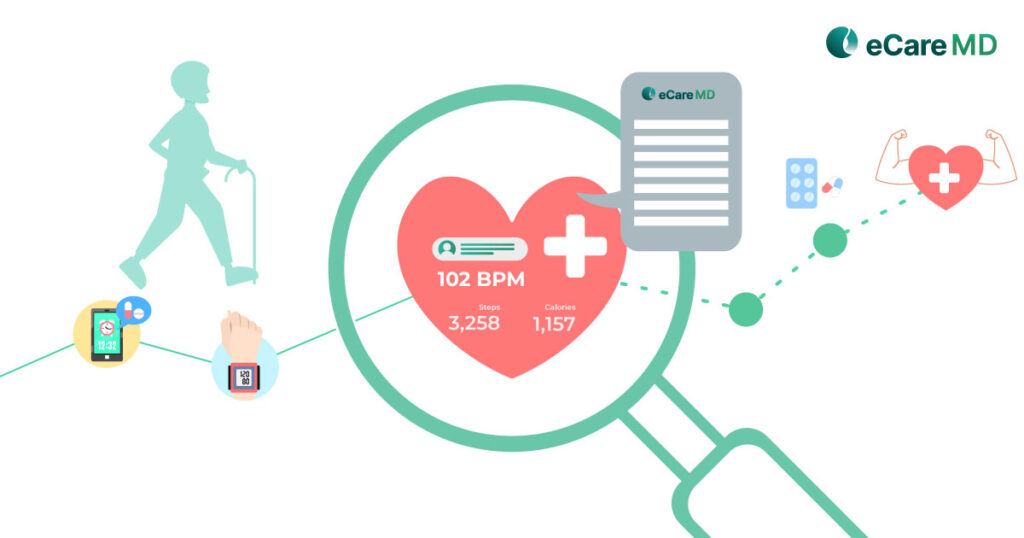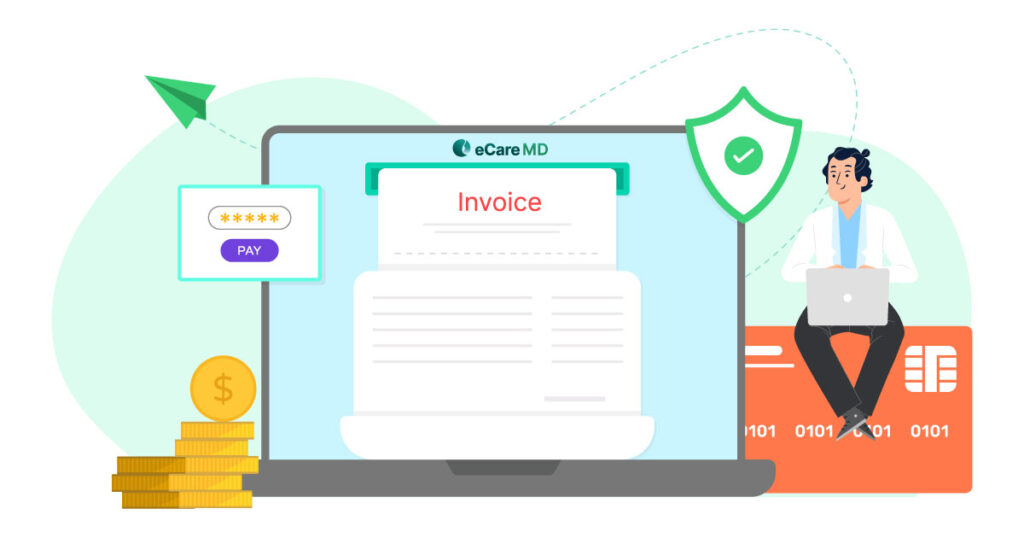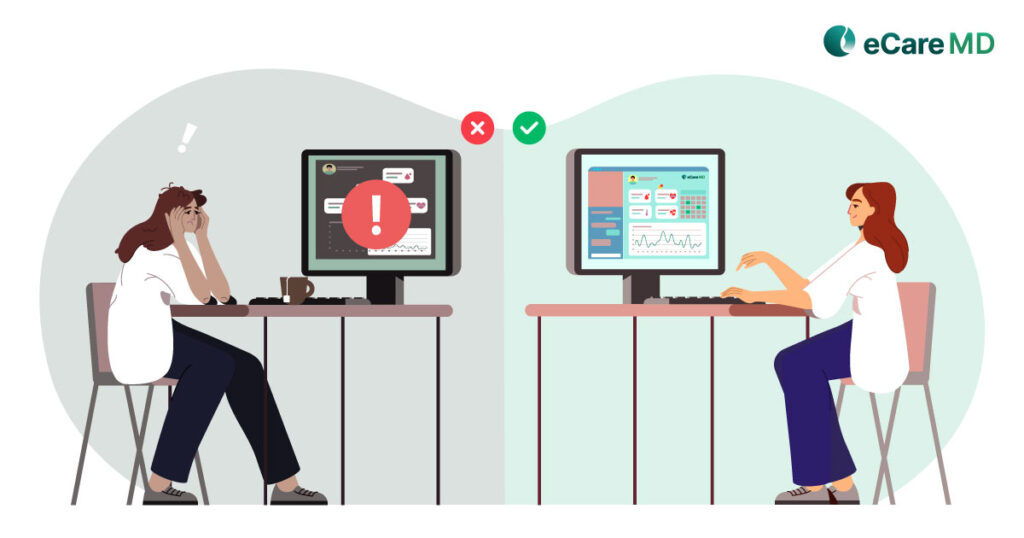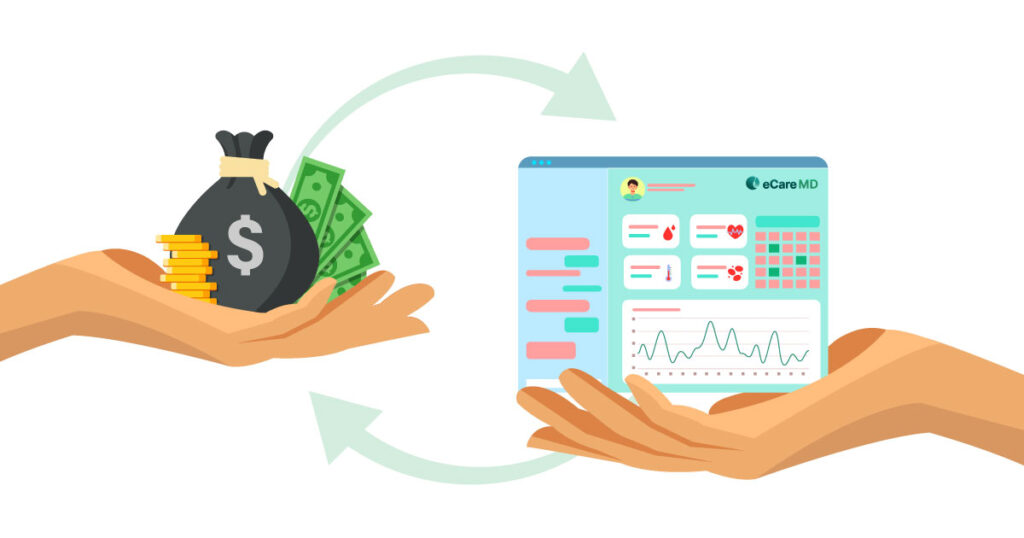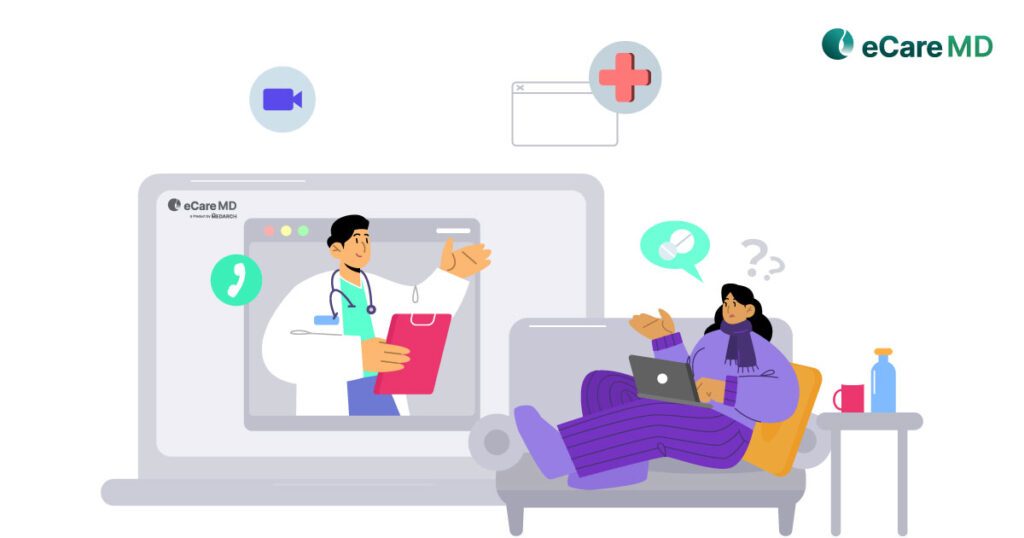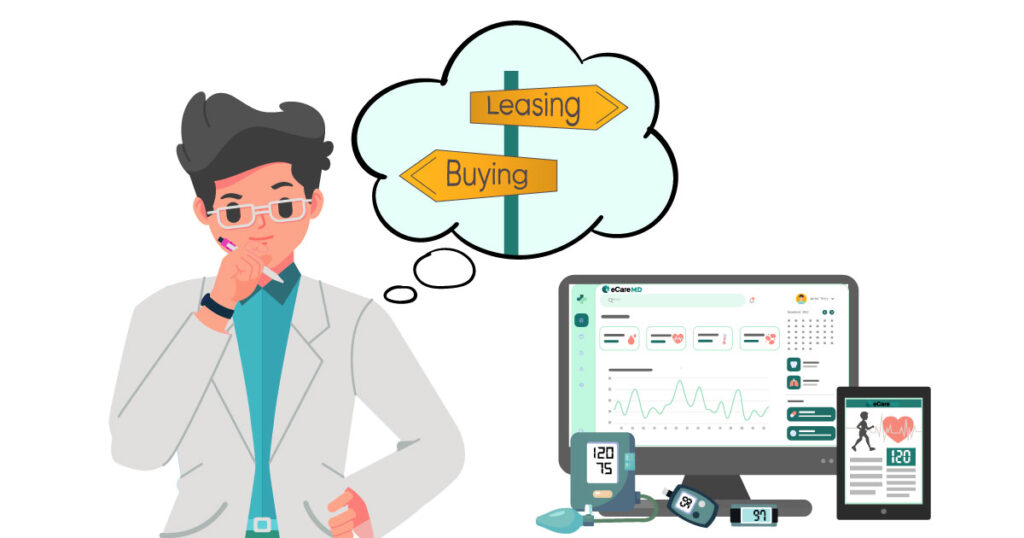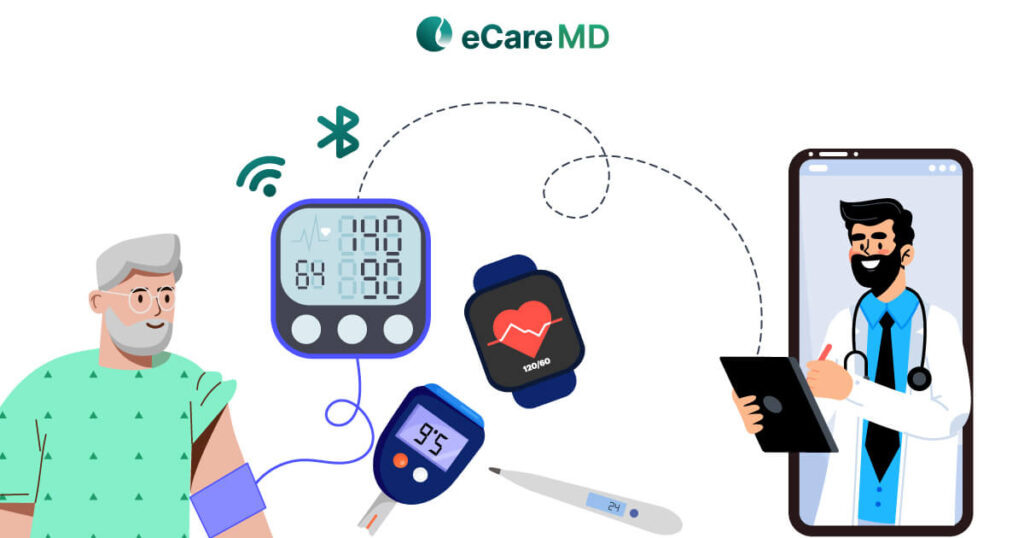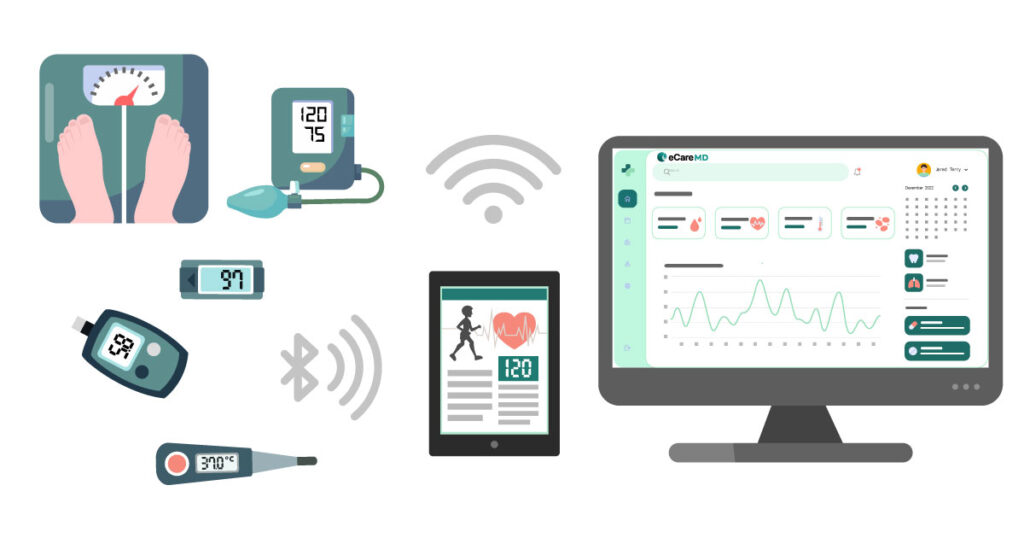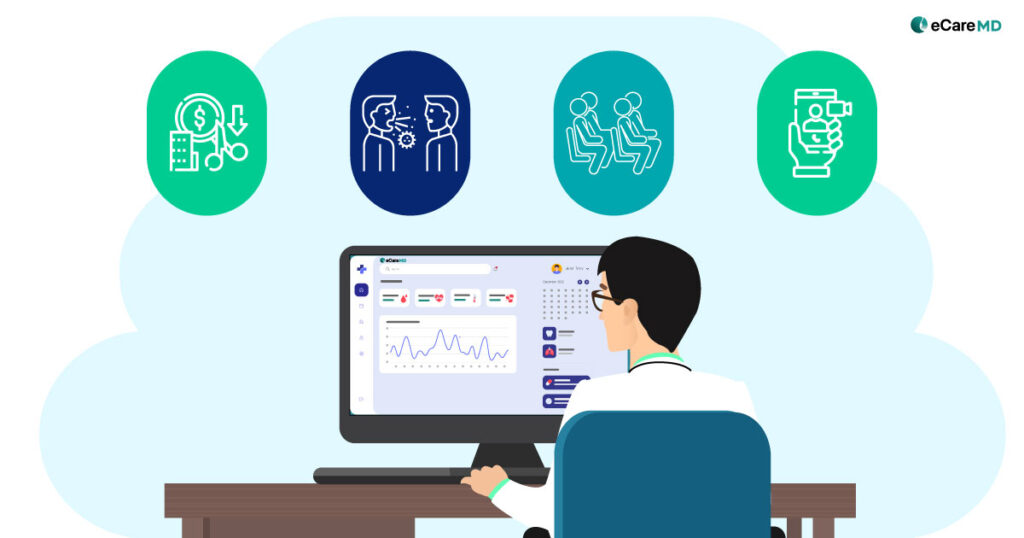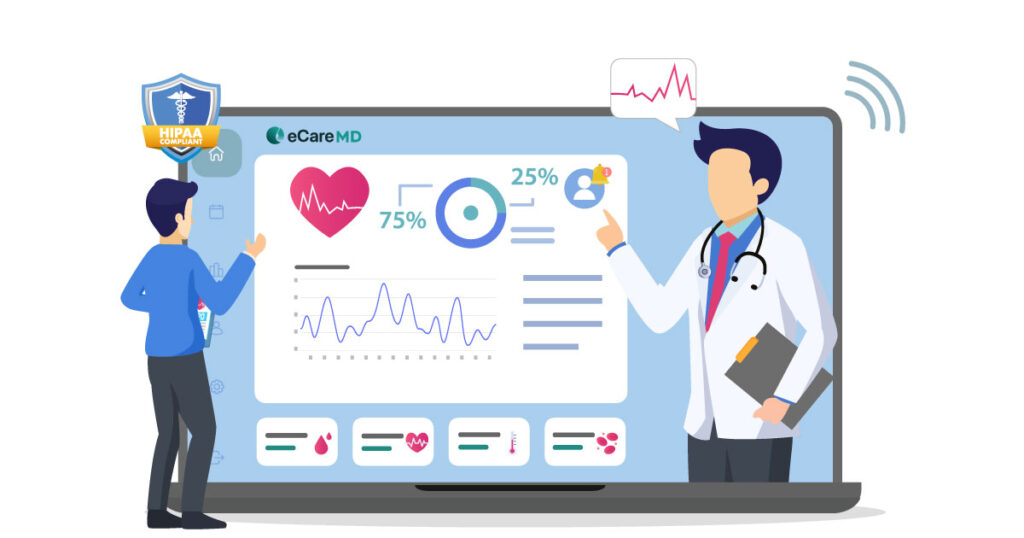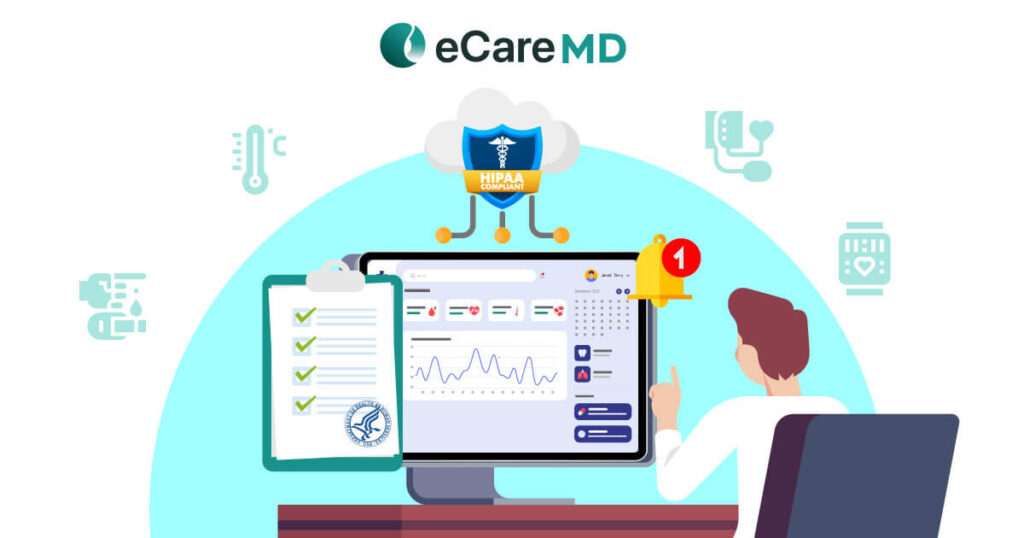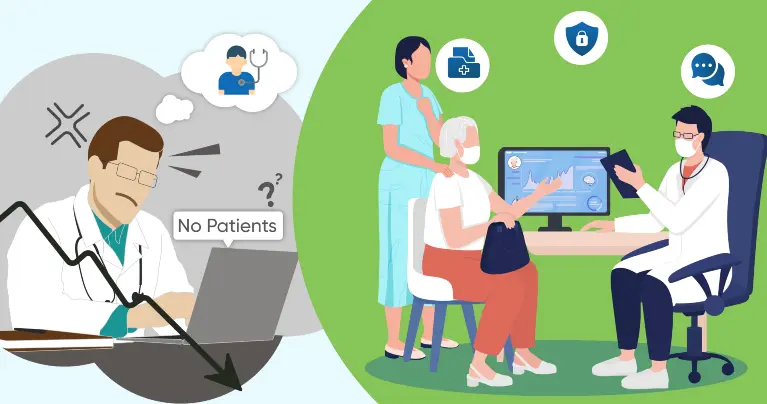According to the Centers for Disease Control and Prevention (CDC), every six in ten Americans are living with at least one chronic condition such as diabetes, arthritis, hypertension, or heart disease. These conditions limit an individual from performing day-to-day activities, and they are also leading the charts in driving healthcare costs.
Well, the new trend of holistic care with digital solutions like chronic care management software gave the healthcare industry a new tool in the form of patient engagement. The best way to manage chronic conditions lies in the nature of care; rather than opting for reactive strategies, a proactive patient-centric approach in healthcare can significantly improve the health conditions of chronically ill patients.
So, if you are looking for a way to increase patient engagement and proactively manage chronic disease in your patient population, then this is just for you! Read along.
The Role of Patient Engagement in Proactive Management

The Cost of Disengagement
If you ask a healthcare professional, they would probably emphasize the consequences of poor patient engagement, leading to poor medication adherence and increased hospital readmissions, ultimately leading to poor patient health outcomes. Monetarily, lower patient engagement leads to lower medication adherence in almost 40-50% of the patient population. This alone costs the healthcare industry around $100 billion in unnecessary medical costs.
Poor patient engagement has also disrupted the preventive care practice. A study reveals that 80% of Americans delay or skip preventive care, further increasing healthcare costs.
However, the introduction of chronic care management programs does help in reducing healthcare costs by 30% with the use of robust chronic care management software. Since patient engagement has a psychological effect on the patient, higher patient engagement can have lucrative benefits, and poor patient engagement can have adverse effects on patient health.
Continue reading to know the right strategies for higher patient engagement.
Download Free Guide to Higher Patient Engagement in CCM Software
Download nowStrategies for Improving Patient Engagement

1. Utilizing Technology
2. Enhancing Communication Channels
3. Personalized Care Plans
4. Continuous Monitoring
5. Shared Decision Making
Cultivating a Supporting Healthcare Ecosystem
People suffering from chronic conditions struggle with performing normal day-to-day activities. That is why it is important for you to cultivate a supportive ecosystem and care delivery that keeps them engaged with their care.
Overcoming Barriers to Patient Engagement

- Communication Gaps: Ineffective communication between the care team members and patients can lead to poor patient engagement. Providers should overcome some common challenges like language barriers and cultural differences and explain everything to the patients to keep them engaged with their health.
- Digital Divide: Understand that not everyone is comfortable using technology. Mobile apps and telehealth platforms are effective for managing chronic conditions, but patients not comfortable using technology can lead to poor medication adherence and, ultimately, less engagement. The best way to overcome this barrier is to train and educate patients about technology by explaining its benefits.
- Health Literacy: Another barrier to CCM patient engagement is the poor rate of health literacy in the patient population. Most of the time, it is observed that patients are unaware of their conditions and the consequences they can have. Even for proactive chronic disease management, educating patients about their conditions and a way to overcome them can lead to better patient engagement and improved health outcomes.
Measuring and Assessing Patient Engagement

The leverage you have while using chronic care management software is that you can easily measure and assess the level of patient engagement in your care practice. Factors like provider response time, analyzing appointment attendance, and medication adherence of the patient can give you a clear idea of how well you are able to engage your patient in their healthcare.
Conclusion
Proactive chronic disease management and CCM patient engagement have a psychological impact on the patient, which is one of the most significant factors that lead to better patient outcomes. However, driving better patient engagement is a collaborative effort and is a continuous learning process.
Understand your patients and their chronic condition in a better way. This will help you instill a patient-centric approach in your care practice, which will solve most of the problems related to increasing CCM patient engagement.
However, with new technologies and advancements in the healthcare industry, chronic disease management is continuously evolving. Also, every patient engages with their healthcare in different ways, so sticking to a one-size-fits-all approach to keep the patient engaged will not always work. As said earlier, driving higher patient engagement is a collaborative effort, especially when dealing with chronically ill patients. Use all the necessary tools that you have and add that human touch to the patient-centric approach to make healthcare easy and affordable for everyone.
Frequently Asked Question’s
Here are some of the strategies to improve CCM Patient Engagement that you can follow:
- Interactive and Comprehensive Patient Portal
- Build Trust Relationship
- Engaging Education Material
- Mobile Health App
- Remote Monitoring
Patient engagement success is measured by Patient Activation Measure (PAM). Some of the key metrics in this are:
- Clinical Outcomes
- Hospital Readmission and Emergency Visits
- Medication Adherence
- Preventive Care
- Patient Satisfaction

